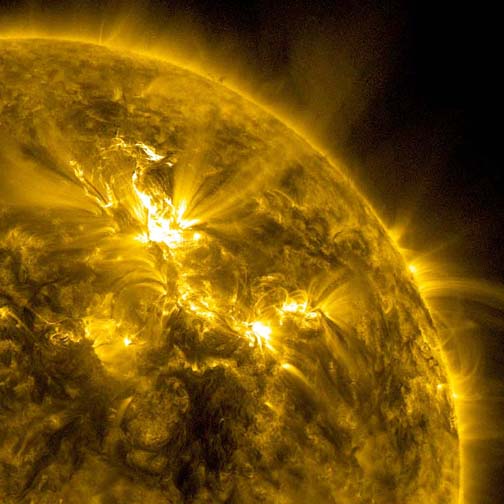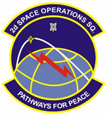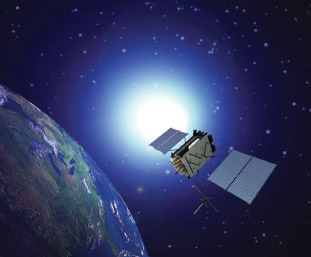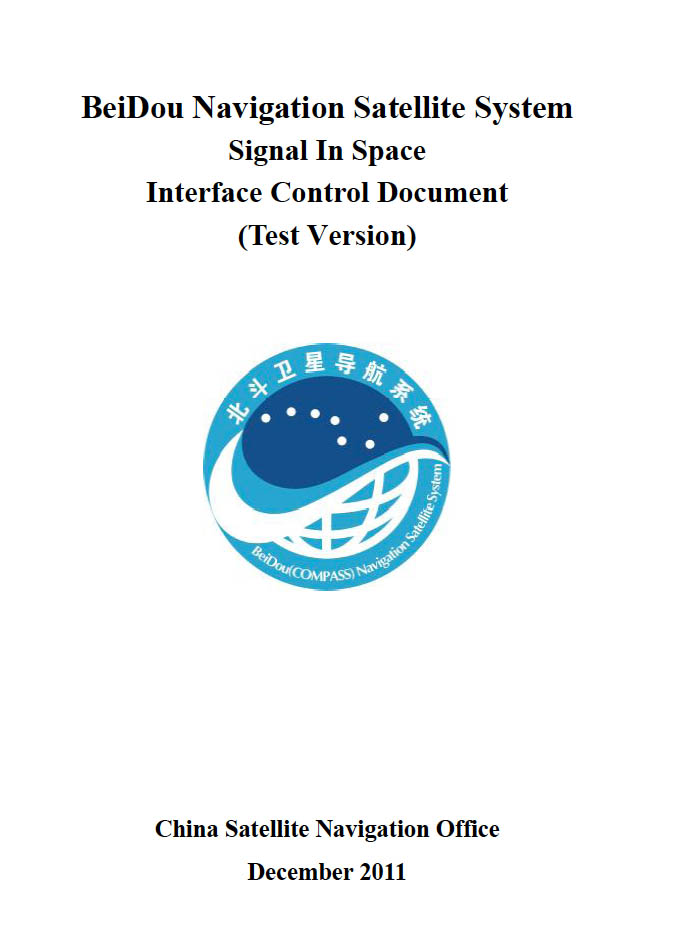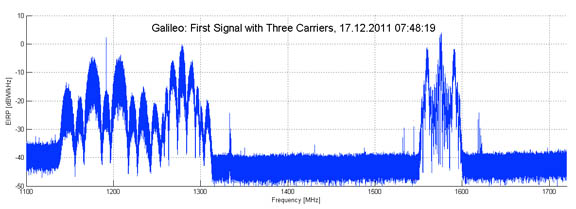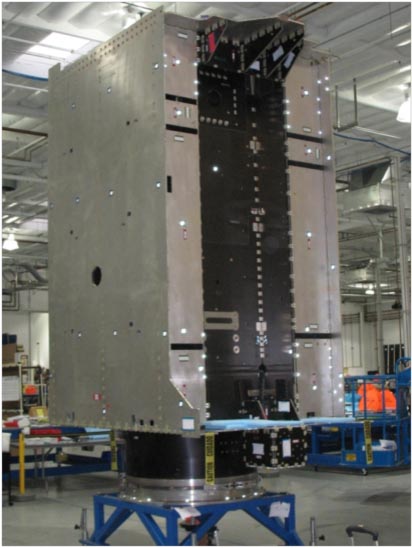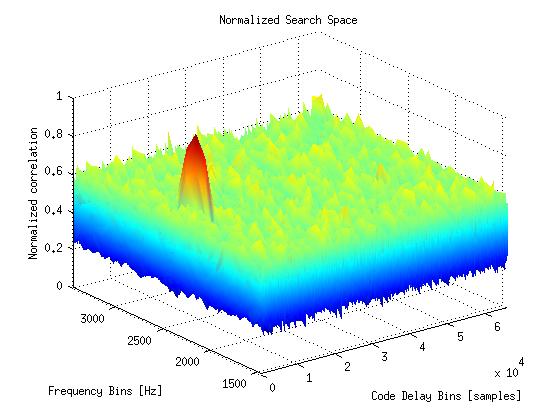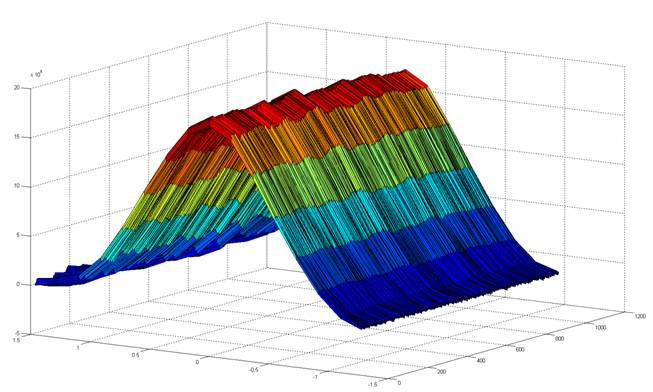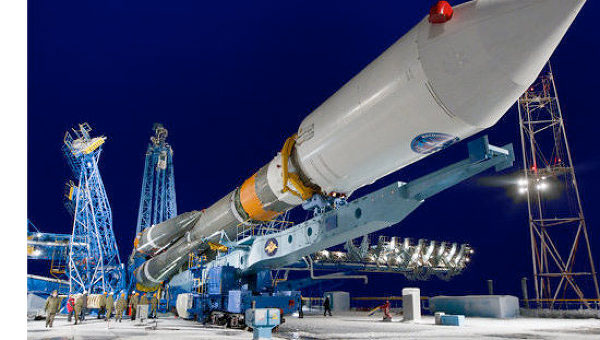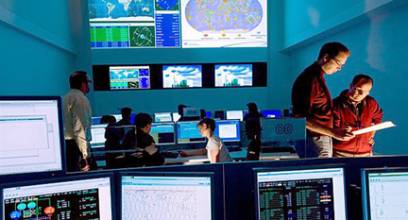Big Solar Storm, Little GPS Effect
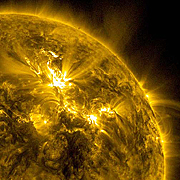 Solar flare viewed January 23, 2012. NASA Solar Dynamics Observatory image.
Solar flare viewed January 23, 2012. NASA Solar Dynamics Observatory image.Although it was billed as the strongest for the past eight years and coincided nicely with the American Meteorological Society (AMS) annual meeting in New Oreans, this week’s solar storm apparently had a limited effect on GPS receivers and users.
By Inside GNSS
